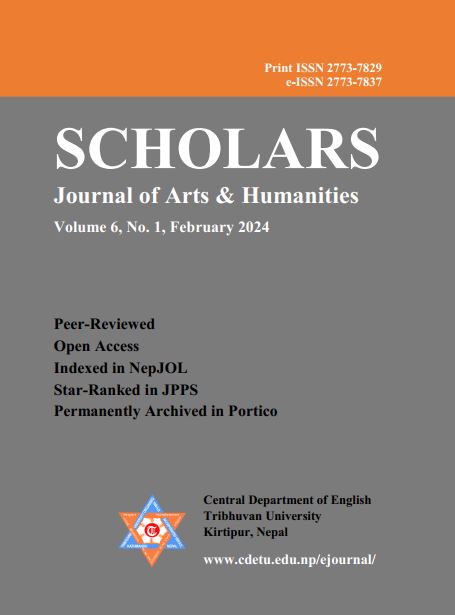Political Demonstrations, Nepali Youths and the Politics of Mourning: A Semiotic Analysis
DOI:
https://doi.org/10.3126/sjah.v6i1.62761Keywords:
Death rites, spectacles, subjectivity, performativityAbstract
This paper analyses mainly three representative photographs of the spectacles of mourning as displayed in Fig. 1, 2 and 3 that come to surface during political and social demonstrations in Kathmandu and other towns occasionally. Such spectacles used by political parties and social activists include clean-shaved-head, white linen clothes, burial shroud, bamboo bier, and fire. Together, they give a picture that a mock funeral of Hindu order is being staged. My major concern is to answer these questions: Why do Nepali youths stage such semiotics of sad worldview at times when their transitional politics and society is often praised for being dynamic? Why do they bring such religiously subjective and familial spectacles into the public ripened with politics? I argue in the line of argument developed by political philosophers Friedrich Hegel and Slavoj Zizek and psychoanalysts like Sigmund Freud and Carl G. Jung to reach a conclusion that such spectacles evoke the complex state of Nepali youths’ political subjectivity. While staging such mock funerals, they stage their helplessness of being youths of a donor-depended and Hindu patriarchal nation that has been going through transitional politics.
Downloads
Downloads
Published
How to Cite
Issue
Section
License

This work is licensed under a Creative Commons Attribution 4.0 International License.
© Central Department of English, Tribhuvan University and Authors




